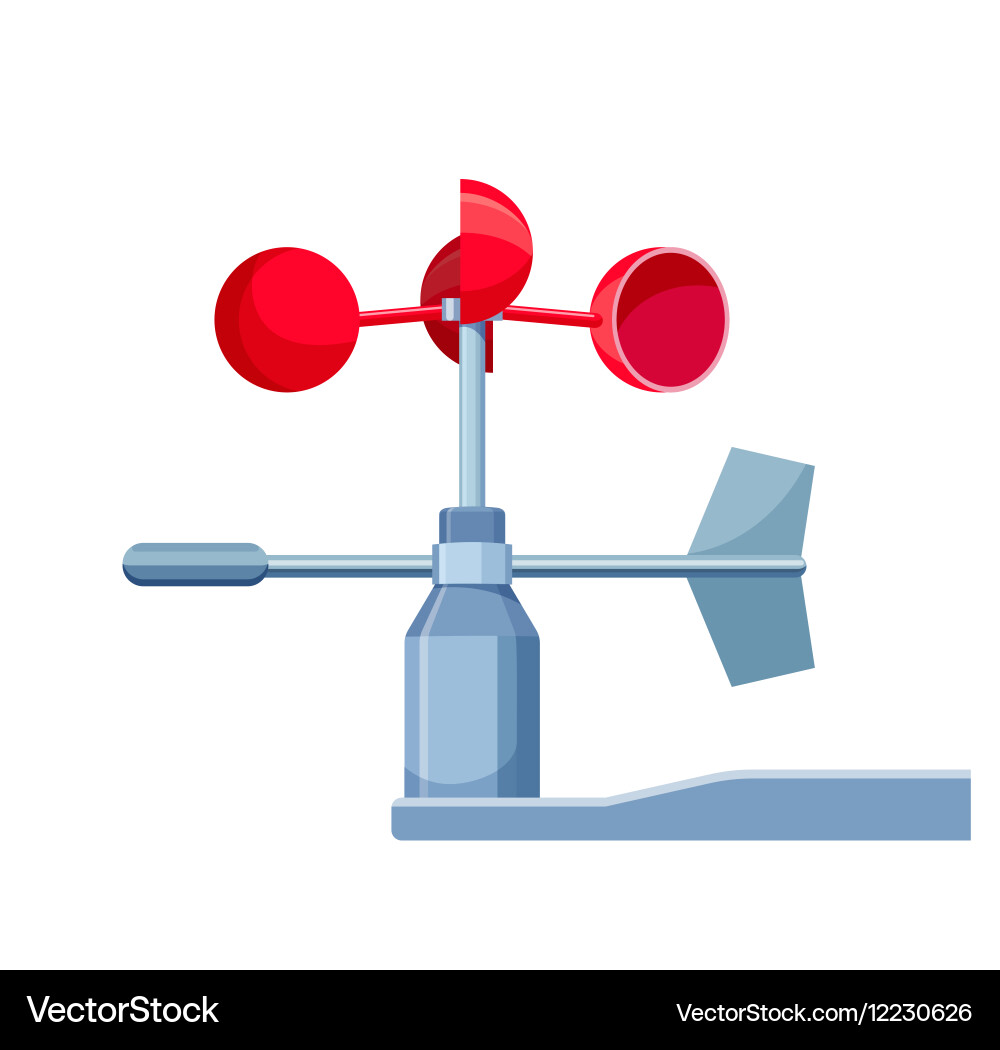The Duty of an Anemometer in Improving Safety And Security for Outdoor Activities
Exploring the Functions and Benefits of Anemometers for Weather Enthusiasts and Professionals
From cup anemometers to sonic anemometers, each kind brings its special set of applications and advantages, shedding light on different aspects of climatic conditions. As we dive into the functions and benefits of anemometers, a much deeper understanding arises not only of dominating weather condition phenomena however additionally of the more comprehensive ramifications for sectors like wind power production and ecological research study.
Significance of Anemometers in Climate Tracking
Anemometers play a vital role in climate monitoring by giving precise measurements of wind rate, helping in projecting and understanding weather condition patterns. These tools, varying from standard cup anemometers to contemporary ultrasonic anemometers, are important for meteorologists, scientists, and weather lovers alike. By measuring wind rate, anemometers help in establishing the intensity of weather condition sensations such as storms, hurricanes, and hurricanes. Additionally, they offer useful information for aviation, maritime procedures, and various markets that are delicate to wind problems.

Sorts Of Anemometers and Their Applications
The most common kinds of anemometers include mug anemometers, vane anemometers, hot-wire anemometers, and ultrasonic anemometers. Cup anemometers consist of three or 4 cups installed on horizontal arms that turn with the wind, gauging its rate. Vane anemometers, on the other hand, utilize a freely turning vane to align with the wind instructions, providing both wind rate and direction dimensions.
Each type of anemometer has its one-of-a-kind advantages and applications. Mug anemometers are robust and appropriate for basic weather condition surveillance, while vane anemometers are favored for directional dimensions. Hot-wire anemometers are sensitive to low air velocities, making them perfect for interior environments. Ultrasonic anemometers are non-intrusive and provide high accuracy, typically made use of in study and specialized weather condition surveillance applications. Understanding the attributes and applications of each kind of anemometer is important for picking the most appropriate instrument for details climate keeping an eye on needs.
Advantages of Utilizing Anemometers in Projecting
In weather forecasting, the application of anemometers supplies invaluable advantages for enhancing the precision of weather forecasting. Anemometers gauge wind speed and instructions, giving crucial information for forecasting climate patterns. By including wind data into projecting versions, meteorologists can much better comprehend the movement of weather systems, prepare for adjustments in climatic conditions, and issue more specific projections.
Furthermore, anemometers play an important function in examining prospective weather threats. Checking wind rates helps forecasters forecast extreme weather condition events such as storms, twisters, and winter tornados with higher precision. This early warning system makes it possible for authorities to provide prompt informs and implement essential security procedures, decreasing the risks to life and residential or commercial property.
In addition, anemometers help in maximizing sustainable power production. By analyzing wind patterns, meteorologists can recognize appropriate areas for wind farms and anticipate energy outcome, contributing to the effective generation of wind power.

Anemometers in Wind Energy Manufacturing
Given the essential function anemometers play in giving precise wind data for weather condition projecting and danger analysis, their significance reaches the realm of wind energy production. Anemometers are necessary tools in the field of wind energy, where the measurement of wind speed and direction is essential for establishing the expediency and effectiveness of wind generator setups. By properly determining wind speeds at varying heights, anemometers assist enhance the positioning and style of wind generators to maximize energy result.
In wind ranches, anemometers are strategically positioned to accumulate real-time wind information that is made use of to analyze the prospective energy production of a site. This data contributes in identifying the economic practicality of wind power tasks and in projecting energy generation to guarantee grid stability. Additionally, anemometers aid in monitoring wind problems to optimize turbine efficiency, protect against damages from high winds, and make sure the security of personnel working in the vicinity of wind turbines.
Enhancing Climate Comprehending With Anemometers

Anemometers play a crucial duty in boosting our understanding of microclimates. These localized weather conditions can vary significantly from broader regional projections, making it necessary to have exact information for details locations. anemometer. By purposefully positioning anemometers in different places, scientists can collect in-depth info on exactly how wind behaves in different surfaces, city atmospheres, or bodies of water
Furthermore, additional info anemometers contribute to improving weather condition forecasting models by providing real-time information on wind habits. This info is particularly beneficial for forecasting serious weather condition events, maximizing farming practices, and sustaining markets like aviation and maritime navigating. Generally, anemometers are very useful tools that enable us to dive deeper into the intricacies of weather systems, inevitably causing more accurate forecasts and better-informed decisions.
Final Thought
In final thought, anemometers play a crucial function in climate monitoring and forecasting by dig this determining wind rate and instructions. Anemometers also have applications in wind energy manufacturing, additional highlighting their value in both meteorology and renewable energy markets.
From mug anemometers to sonic anemometers, each kind brings its unique set of applications and benefits, losing light on various aspects of atmospheric conditions. These instruments, varying from standard mug anemometers to modern ultrasonic anemometers, are crucial for meteorologists, scientists, and climate enthusiasts alike. The most common types of anemometers consist of cup anemometers, vane anemometers, hot-wire anemometers, and ultrasonic anemometers. Cup anemometers are robust and ideal for general look at this now weather monitoring, while vane anemometers are favored for directional measurements. Anemometers are vital instruments in the field of wind energy, where the measurement of wind speed and direction is essential for identifying the expediency and effectiveness of wind turbine installations.